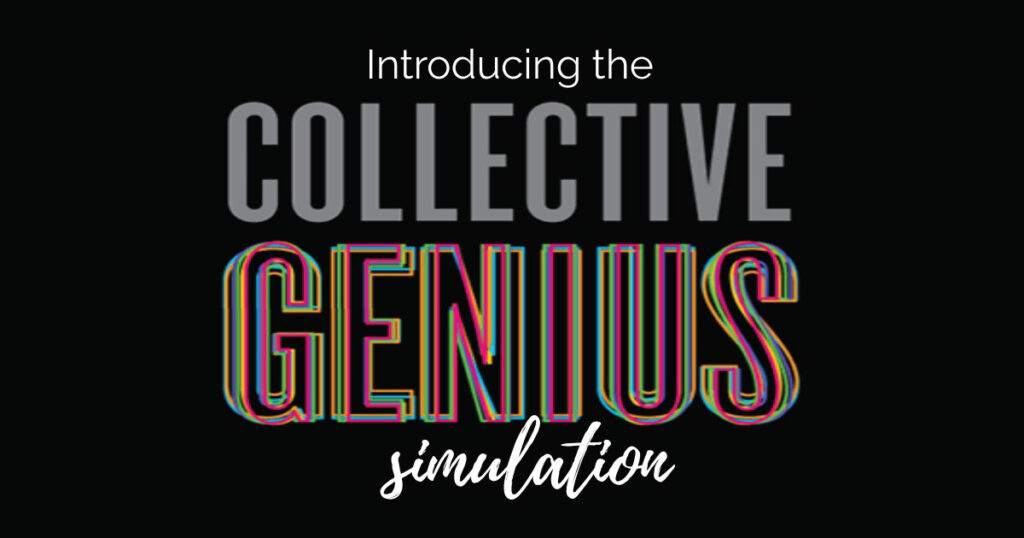 To deal with accelerating change, effective leaders are modifying the ways they inspire innovation and transformation. This week we look at innovation and creating a culture that thinks holistically.
To deal with accelerating change, effective leaders are modifying the ways they inspire innovation and transformation. This week we look at innovation and creating a culture that thinks holistically.
Week 12: Think holistically
Traditional leadership:
Traditional leadership traditionally has focused on the individual business unit you lead for framing problems, building a vision, and setting and implementing strategy.
A fresh approach:
In the new era, innovation requires leaders to move thinking from the unit to the “big picture” or enterprise perspective. This means that innovation leadership must ask all members of a group to consider the whole problem rather than focusing on or trying to optimize one part.This requires framing the problem from multiple stakeholder points of view. If you don’t do this, you risk missing possible solutions that at first may seem mutually exclusive. That’s because the best innovation solution is often one that combines disparate approaches which can only be uncovered by framing a problem through a multi-faceted lens.
Bring this approach to life:
- Think of the whole. Instill a deep sense of purpose and shared values in the work of the enterprise that cascades throughout all units. This helps develop a sense of responsibility and accountability for the success of the enterprise.
- Think cross-functional. Help your teams become enterprise-minded by reassigning employees to a variety of posts spanning boundaries, units, and functions, with stretch assignments that will expand their worldview and know-how into an integrated organizational capability. The earlier in one’s career the better.
- Encourage people across disciplines and areas to work together on solving problems as a way to uncover dependencies and/or to mitigate risk or increase success.
- Customer Focus. Recognize that your customers want integrated solutions not just products, so encourage your teams to share resources and collaborate efficiently across functions, geographies, and other boundaries leading to great customer solutions that bolster the enterprise.
- Work in Groups. Help build a strong sense of community by developing peer-learning opportunities that take on business challenges as a group and formal leadership training on topics such as influencing without authority and managing global matrices.
- Search for Patterns. Look for patterns and connections across organizations, industries, and sectors, and encourage others to do so.
- Consider Impacts. Encourage evaluation of how key decisions or practices will reverberate throughout the organization and who will be impacted in what ways.
Next week: Instill an innovation mindset
Take your organization to the next level with our Culture and Innovation Assessments and our Innovation Leadership Coaching

